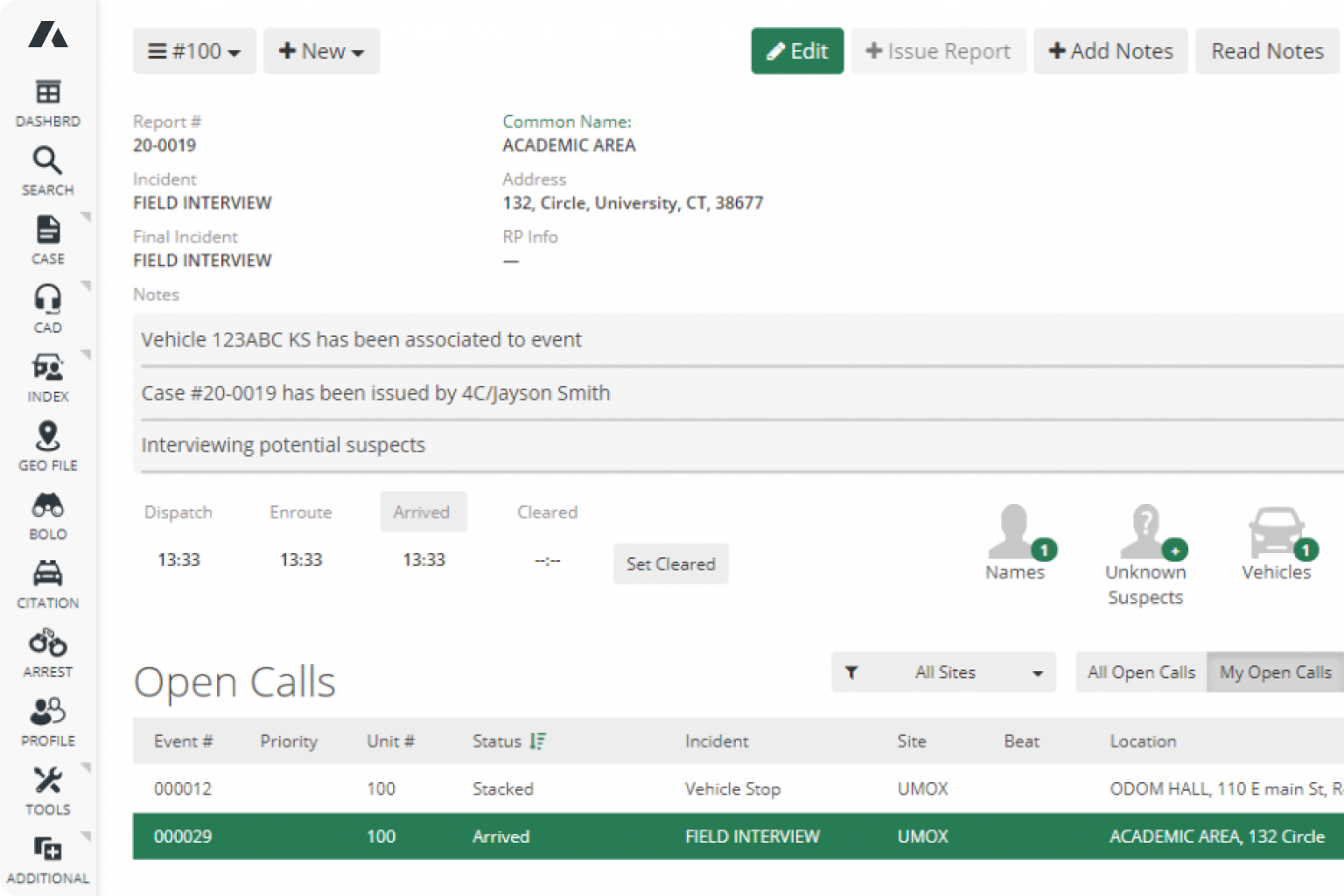Sharing and evaluating information without any complications is crucial for any safety agency’s success since this ability allows for analytics, improvements, and other functions. The data integration systems utilized by public safety organizations have been specifically designed to ensure that teams can operate at peak efficiency.
Streamlined reporting due to data integration
One of the most significant advantages of data integration for public safety organizations is the way in which this functionality streamlines reporting. Data integration allows safety officers in the field to complete reports and has the relevant information immediately sent to headquarters and other parties that require the data. There is no need to fill out multiple reports of a single incident since the relevant data gets shared.
Similar data integration benefits like other sectors
Additionally, public safety organizations experience many benefits of data integration that are similar or identical to those of any other industries. Data integration can assist with adoption. People are more likely to use a system if it makes life easier and if it provides all the necessary information in a single place. Essentially, opting for a system with data integration increases the adoption rate of the system among your safety team. It can maximize the use of resources. Specifically, it capitalizes on one of the most important resources for safety agencies: the time of your personnel. There is no need to re-enter information multiple times in a way that wastes time that could be spent patrolling or performing another task. Data integration can also enhance decision-making. Instead of having to wait for data to be entered into a system so you can analyze it and make a decision based on the given information, you get accurate, up-to-date info at your fingertips. In the case of safety agencies, this can help with decisions such as allocating personnel to specific tasks.
ARMS incorporates data sharing into its software
With the importance of data integration for public safety agencies clearly in mind, take a look at how ARMS integrates this type of data sharing. The ARMS Data Share client makes it simple to export records from the ARMS system, either in part or completely. Thanks to the use of Global Justice XML, the data is then ready for use by a government share. The ARMS Information Exchange System (IES) makes it possible to import data into your agency from another information system. This can include importing or exporting information from jail management systems, student information systems, judicial or court systems, and more. That allows the exchange of data like many master name items, parking permits, and other valuable information. The ARMS Data Port Process also makes it possible to import data from your past systems. Please let us know if you have any questions on how to import or export your data with ARMS.



